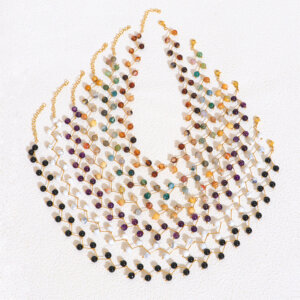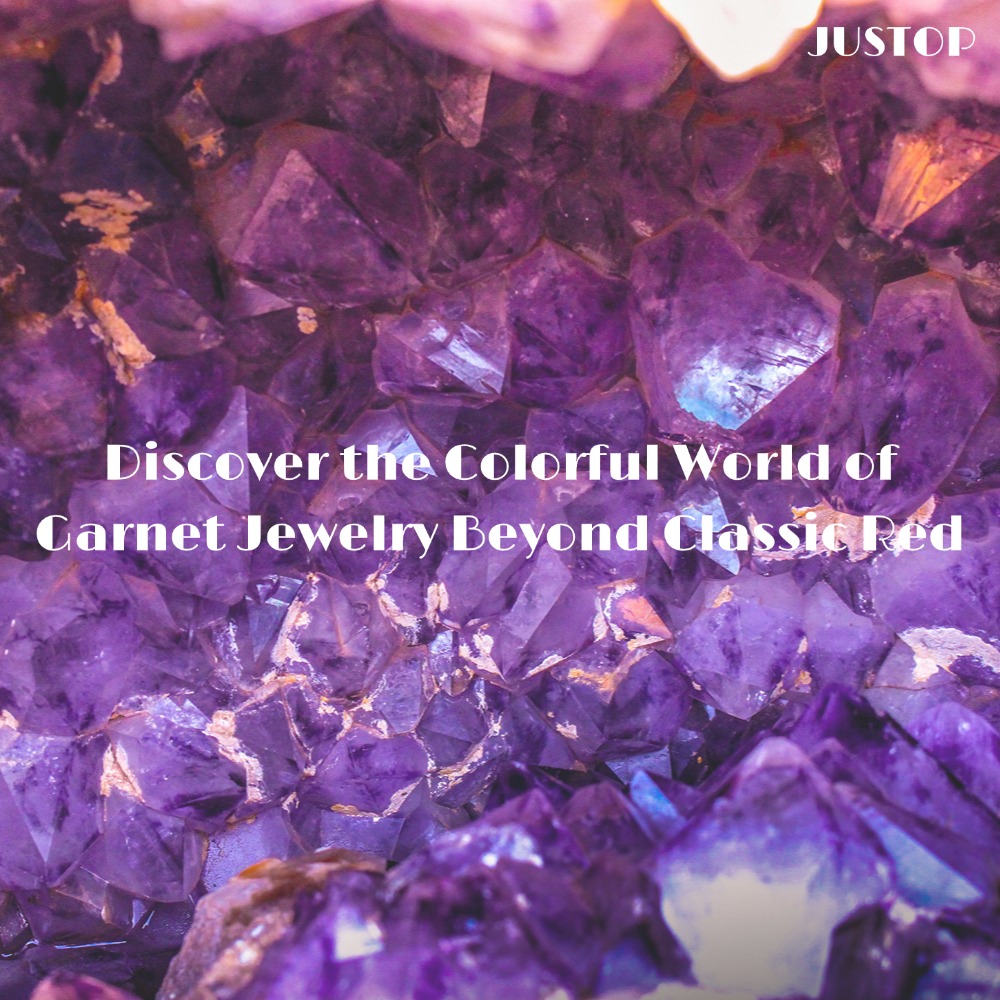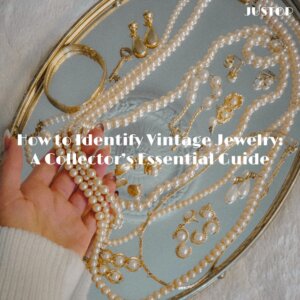Natural gemstones have long captivated jewelry lovers with their unique color patterns and organic charm. However, in today’s marketplace, the term “natural” is often used loosely, and many pieces sold as natural gemstone jewelry are actually enhanced through various artificial methods. Understanding these treatments—and how to recognize them—is essential for anyone shopping for untreated natural gemstones.
Common Gemstone Treatments

Dyeing:
Porous stones like agate, chalcedony, or even pearls are often soaked in chemical dyes to achieve more vivid colors. For example, how to tell if turquoise is real is a common concern because many so-called turquoise pieces are actually dyed howlite or magnesite. Similarly, natural agate pendants can be artificially colored to mimic rarer stones.
Heat Treatment:
This is one of the most widely accepted practices in the gem trade. Heat improves color and clarity in stones such as amethyst (which can be heated to become citrine), sapphire, and tanzanite. But this raises a key question: are heat treated sapphires less valuable? While natural untreated sapphires are certainly more rare and expensive, heat-treated ones still hold considerable value—though not as much as their unheated counterparts.
Fracture Filling:
Stones like rubies and emeralds may have surface cracks filled with glass or resin to boost appearance. A fracture filled ruby might look flawless at a glance but lacks the integrity and long-term durability of a real gemstone ring made with untreated stones.
Irradiation:
Stones such as topaz and quartz can undergo radiation to enhance or change color. For instance, irradiated blue topaz is widely available, but natural blue topaz is significantly rarer.
How to Spot Treated vs Untreated Gemstones

Color Uniformity:
Natural stones have slight imperfections. If the color is too vibrant or evenly distributed, it might be dyed.
Surface Details:
Use a loupe to examine inclusions or surface cracks. Resin-filled stones might show bubbles or unnatural luster.
UV Testing:
Some treated stones react under UV light differently. Dyed jadeite, for example, may fluoresce yellow.
Pricing:
If an emerald looks perfect but the price is too good to be true, it probably isn’t a certified emerald stone.
Documentation:
Always ask for a GIA certified gemstone report. A reputable certificate will disclose whether a stone is “heated,” “dyed,” or “untreated.”
Choosing Wisely

For everyday wear, a natural crystal bracelet or a genuine turquoise necklace may be perfectly acceptable, even with light treatment—so long as it’s disclosed. However, for engagement rings or investment pieces, prioritize unheated sapphire rings or untreated gemstones that come with certification.
Understanding treated vs untreated diamonds and colored stones is essential in making informed purchases. Whether you’re buying online or from a boutique, knowing how to identify real gemstones and how to spot fake turquoise can save you from costly mistakes.
Final Thoughts
Gemstone treatments aren’t inherently bad—many are industry-standard and accepted. The issue lies in lack of transparency. Educated consumers should value honesty over perfection, and balance beauty with authenticity. By learning the basics, you’ll be better equipped to build a collection of natural gemstone jewelry that holds both beauty and integrity.




